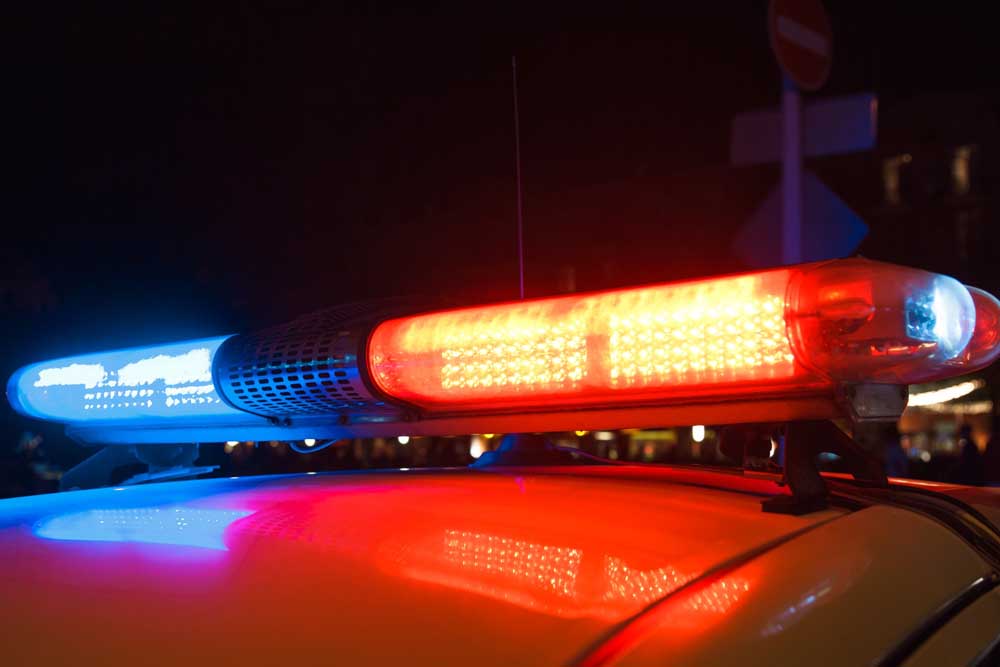How dangerous is explosive fertilizer?
Published 5:00 am Friday, April 19, 2013
The blast at a West, Texas, fertilizer plant Wednesday night was so massive that investigators believe it probably involved a significant amount of ammonium nitrate, a chemical that some scientists say should be regulated as an explosive.
In a February report filed with the state, West Fertilizer Co. said it had up to 270 tons of ammonium nitrate at its facility, along with up to 100,000 pounds of liquid ammonia. The exact amounts on hand at the plant is not yet known. Pentagon explosives experts say a detonation involving 270 tons would be larger than almost any non-nuclear weapon possessed by the U.S.
The explosion occurred after a fire started at the facility. It flattened buildings several blocks away, reflecting the type of explosive force commonly associated with ammonium nitrate. (For the record, Neal Langerman, principal chemist with Advanced Chemical Safety, a San Diego industrial consulting firm, said the explosion did not necessarily involve ammonium nitrate. The initial fire at the plant could have caused a failure of the tanks containing ammonia gas, also known as anhydrous ammonia.)
Regulation
A Pentagon explosives expert said government testing of ammonium nitrate has proved its deadly potential. The chemical generates a slow-moving but very high pressure blast that causes significant organ damage to humans.
In its dealings with Texas regulators, West Fertilizer said any accident would not be large enough to cause an explosion, though a risk management plan filed by the company in 2011 made no mention of ammonium nitrate being stored at the facility. Company officials could not be reached Thursday.
Attempts to tighten regulation of the material have been bogged down since the early 1990s. The fertilizer industry has fought tighter controls on the material, arguing that it is not explosive in the concentrations sold in retail stores. Farmers use the material to blast stumps out of the ground.
But a series of tests in New Mexico demonstrated that even low-level concentrations of ammonium nitrate, common in fertilizer sold at home improvement stores, could generate serious explosions.
In fact, ammonium nitrate explosions have caused some of the worst industrial accidents in U.S. history, including a 1947 disaster in Texas City that killed more than 500 people and injured 5,000. Accidental explosions occur regularly around the world.
The Environmental Protection Agency and various state regulators are responsible for overseeing safety at the West Fertilizer plant. The disaster is being investigated by teams from five federal agencies, including the Bureau of Alcohol, Tobacco and Firearms and Explosives and the EPA.
Aftermath in West, Texas
Rescuers searched the smoking remnants of the Texas farm town Thursday for survivors, gingerly checking smashed houses and apartments for anyone still trapped in debris while the community awaited word on the number of dead.
Initial reports put the fatalities as high as 15, but later in the day, authorities backed away from any estimate and refused to elaborate. More than 160 people were hurt.
Police say there is no indication the blast was anything other than an industrial accident.
About the material
About 8 billion pounds of ammonium nitrate is produced annually in the U.S., with half going to the agriculture industry and the other half to the explosives industry. It was also used in the 1995 Oklahoma City bombing, the first attack on the World Trade Center in 1993 and the bombings of two U.S. embassies in Africa in 1998.






